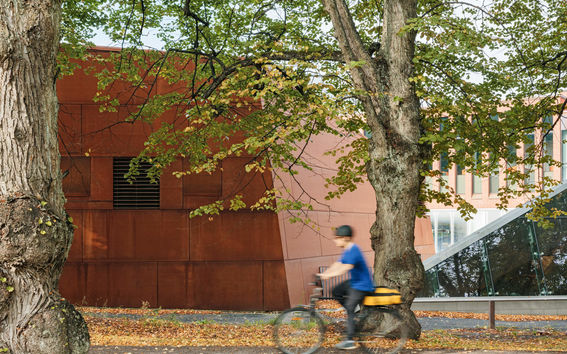Does the smart transition in the built environment require a change in attitude?

Smartness in real estate is a comparatively novel concept, which has started to see widespread practical implementation and realization only recently, during the past decade. Despite its emerging prevalence in modern construction, an all-encompassing definition of the concept is missing. The widely adopted view is that smart environments, be they smart cities or buildings, are largely defined and limited by digital technologies. Self-regulation and adaptability, both central aspects of the smart building concept, are intrinsically dependent on the real-time data gathered by sensors. But does adaptability, technical fidelity and smart functionality directly translate to more efficient and functional building management?
Based on our research, it has appeared that the same issue of vague and disparate definitions for smart environments that had appeared in academia, is also very much prevalent on a practical level. Through our studies we can see that practical know-how on smart systems is very limited. They thus see mostly use in building management-related tasks, such as HVAC and lighting, where their self-regulating aspects are used to great effect. Although understanding on the subject is scarce, the overarching consensus seems to be that smartness is a positive feature of a building, which makes the building more valuable.
The disconnect between perceived and realized smart functionality is, however, something that should be further investigated, in order to fully grasp the potential that smart buildings have and what their uses could be beyond building management. Smart solutions, in relation to smart buildings, seem to be as much limited by their rigid technicality as they are enabled by it. While some features such as real-time monitoring and energy efficiency do require smart sensors and meters in order to function, functions related to user interaction and comfort might benefit from a more human approach. Not everything can be solved by machines after all.
Smart city definitions, while of course inherently different to smart buildings due to the composition and scale of the subject, seem to integrate more interactive operation models as part of their structure. Could the smart building concept benefit from the introduction of a more interactive “smart” mindset? Smart features, if used to their fullest extent on all organisational levels, could help alleviate and streamline many of the managemental processes present in more complex smart buildings and help foster a more interactive environment.
The writer, Aron Sajavaara, was a thesis worker for the project in 2022. His master's thesis "Measuring smartness: Mapping out smart maturity in modern commercial buildings" examines smart commercial buildings and how their functionality is measured. The thesis can be read in its entirety here.
- Published:
- Updated: